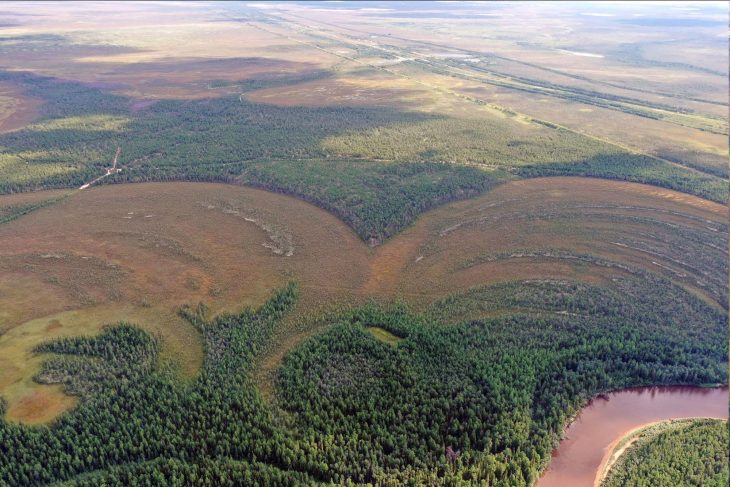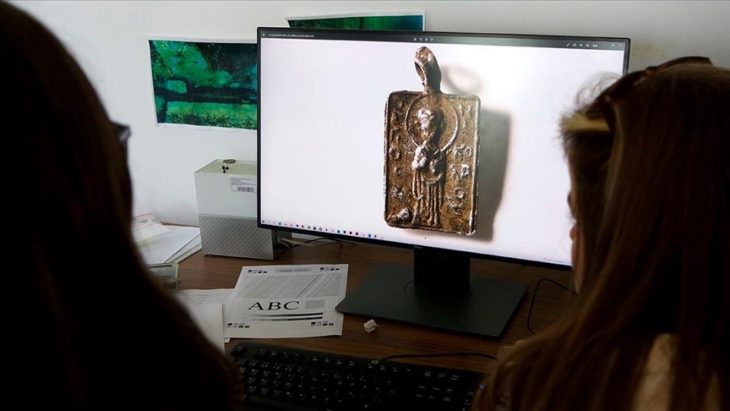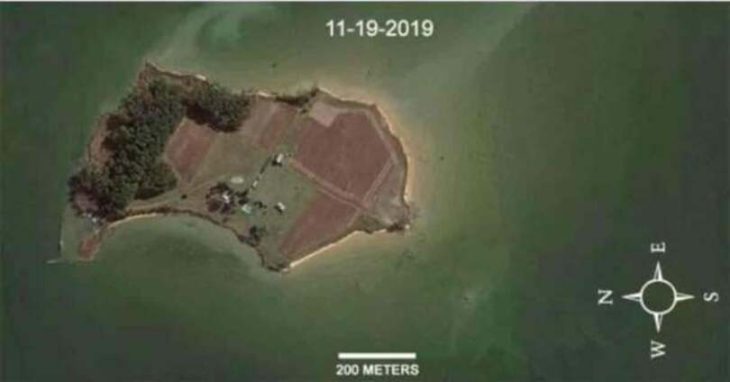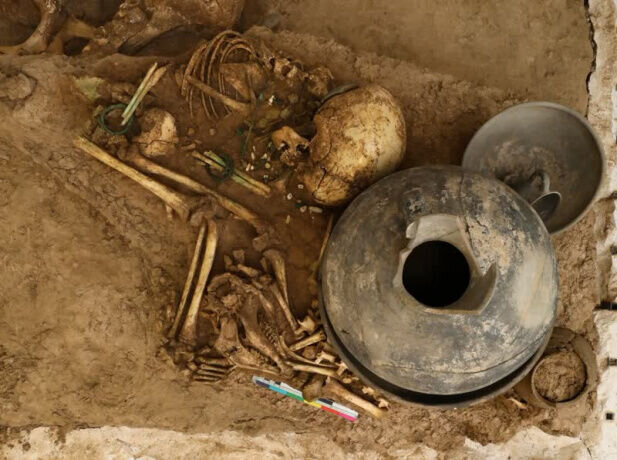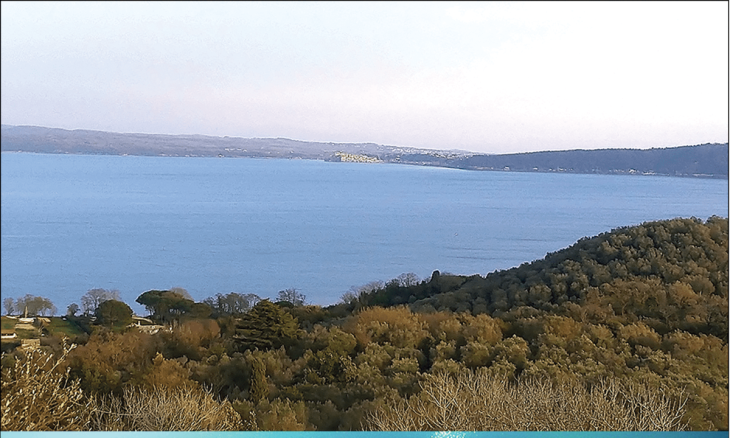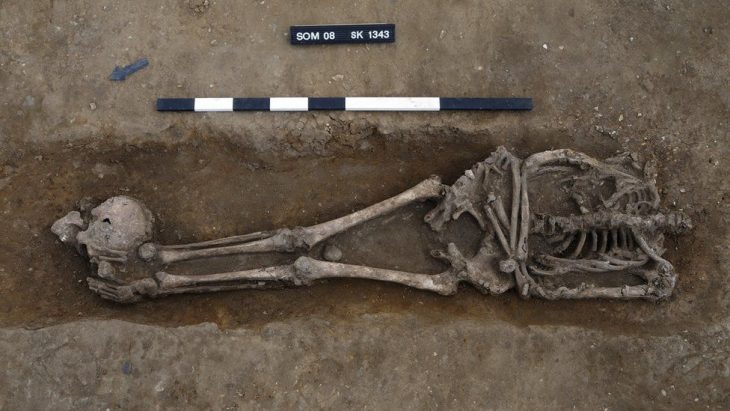During the excavations in the ancient city of Anemurium in Mersin in southern Türkiye, an inscription consisting of 13 lines honoring a wrestling athlete of the period, which is thought to date back to 2 thousand years ago, was found.
It is thought that the city was founded by the Phoenicians in the 4th century BC. It is known that King Antiochus IV’s coins were minted in Anemurium, which was a part of the Kingdom of Commagene, which began to develop in the 1st century AD. The city walls surrounding the city were built during this period.
Anemurium, which was an intermediate station, especially during the Roman Period due to its proximity to Cyprus, was an important trade city where natural resources in the region were exported. The important structures of the city that still stand today also date from this period.
Excavations, research, and restoration efforts at Anemurium, located on approximately 600 acres in Mersin’s Anamur district, are carried out year-round under the leadership of Professor Mehmet Tekocak on behalf of the Ministry of Culture and Tourism and the Selçuk University of Konya.
This significant discovery occurred in the Port Bath, where the team has been conducting uninterrupted excavation work for 12 months. The inscription wide inscription with 13 lines, measures 120 centimeters in height and 50 centimeters in width.

The artifact honors a wrestler named “Kaikilianos,” who had won first place in the second wrestling competition organized every five years by a local figure of the time.
Mersin Governor Ali Hamza Pehlivan remarked on the excitement of witnessing the unearthing of such a significant artifact.
“From this inscription, we learn that a competition was held here in the A.D. second century. This was a wrestling competition, in which an athlete named ‘Kaikilianos’ achieved success, and this inscription was made in his honor. This shows that the city was vibrant in that period, with events organized in sports, particularly in wrestling. We know from historical records and archaeological findings that competitions, both local and Olympic in nature, were held during those times. Awarding athletes who placed in these competitions highlights the value placed on sports,” he stated.
The excavation team, led by Professor Mehmet Tekocak from Selcuk University, expressed their excitement about this find. “We are discovering a solid inscription consisting of 13 lines for the first time,” he said.
“The inscription is carved on an altar, offering a table or statue base. The exciting part is that the inscription tells us the name of the person who organized the competition, the winner, and the category of the event,” he added.
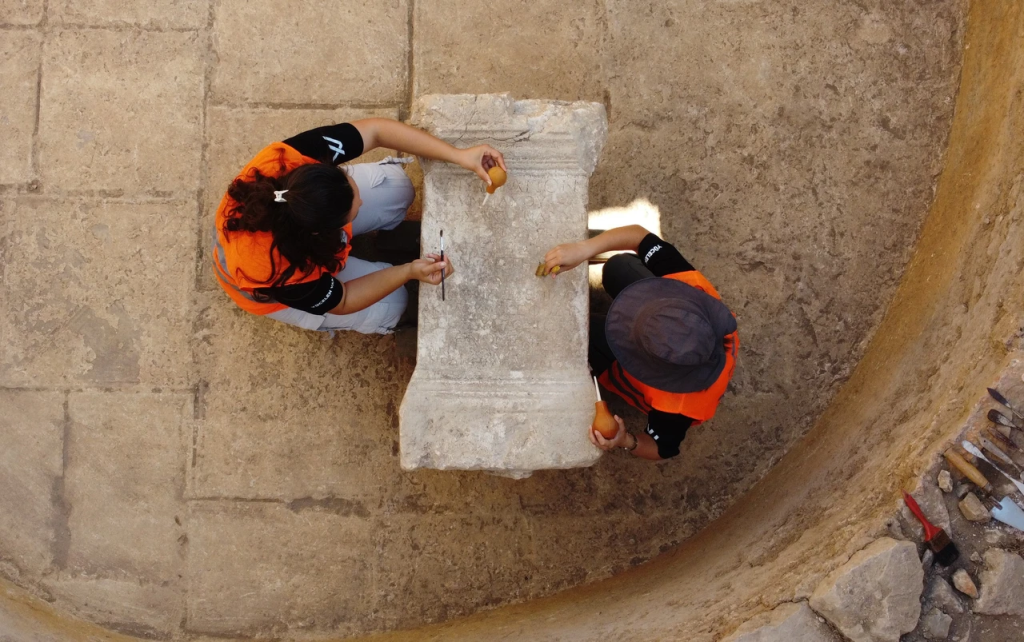
“We learned that someone named ‘Flavianus’ organized a competition every five years in his name. In the second of these competitions, ‘Kaikilianos’ won the adult category in wrestling. This athlete not only won a prize but was so significant that an inscription was made in his honor. A statue of the athlete likely once stood atop this inscription, perhaps this athlete competed in other events and won more awards elsewhere.”
Tekocak pointed out that previous inscriptions suggest that Anemurium was a center for training athletes in antiquity. “We know that athletes from here participated in national and international competitions and won awards. Therefore, Anemurium, in addition to being a port city on the Eastern Mediterranean trade route, was also likely an important center for training athletes in antiquity,” he said.
As excavation efforts continue, the archaeological team remains hopeful for further discoveries that will enrich our understanding of the ancient city’s role in sport and culture.
Cover Image Credit: Daniel Phelps


